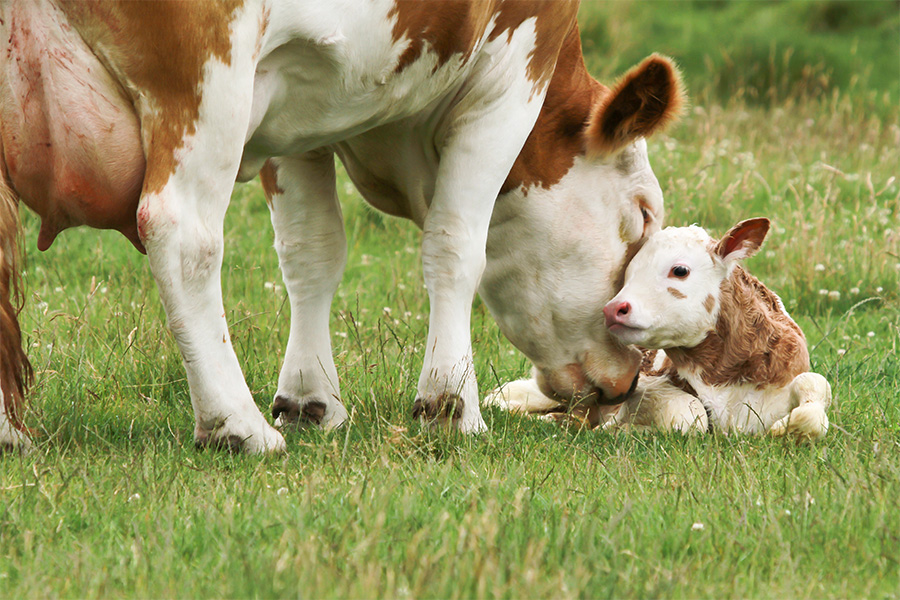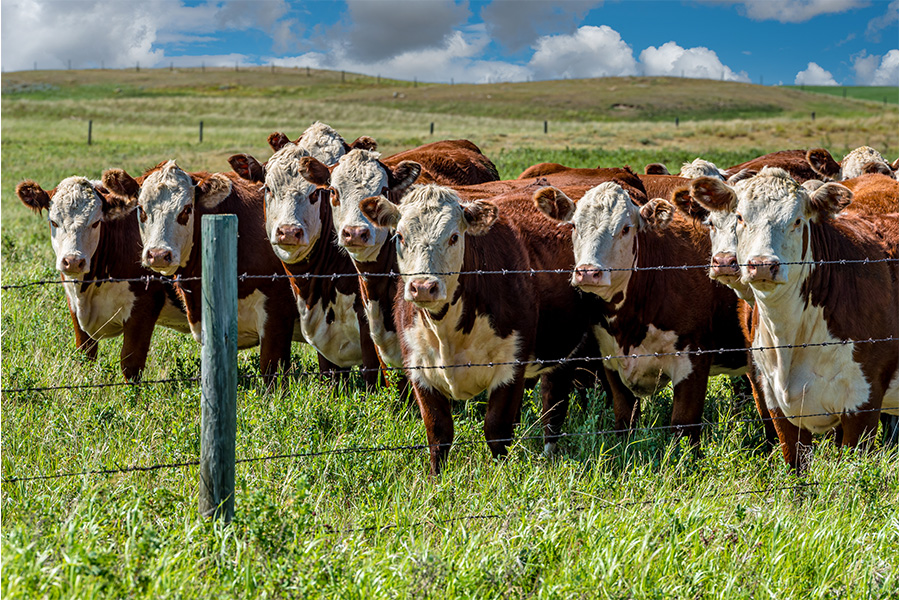Animal Production
-

Early identification and diagnosis of reproductive problems through a herd health program are an essential part of successful dairy management. A cow must be pregnant by 85 days postpartum to achieve a 12-month calving interval. This is the backbone of sound reproductive management in an economical dairy business. Many factors during the dry period, parturition and early lactation can lower reproductive efficiency. These include mastitis, cystic ovaries, lack of body condition, retained placentas and anestrus. These postpartum problems lengthen calving intervals and affect reproductive efficiency.
William Graves
|
-

When the time comes to examine a herd’s dairy reproductive management program, producers often want to discuss low conception rates. In most cases, however, inadequate heat detection is the much greater reproductive problem. Heat detection is the first step to getting an animal bred. According to DHIA records, producers in Georgia are only seeing a third of their heats. Missed heats are one of several factors that contribute to long calving intervals. By increasing the number of heats observed, it is possible to shorten the interval between calves.
William Graves
|
-

Problem identification is the first step in establishing objectives and goals to improve reproductive management in a dairy herd. Management is determining what must be done and achieving results through the efforts of yourself and your employees. Use the following worksheet to evaluate herd reproductive performance and set goals to improve your breeding strategies. Then develop a tactical plan to achieve these goals using the second worksheet. List those involved on your management team and their responsibilities.
William Graves
|
-

This publication describes dairy herd synchronization programs will help improve your reproductive management efficiency. Try the one that fits your management system the best. Both estrus and ovulation synchronization programs will help get more animals bred more efficiently. Feeding open animals extra days can be costly to producers. Identify open animals and pick the best breeding alternative for your operation.
William Graves
|
-

Estrous (heat) synchronization in beef cattle involves manipulating the females’ estrous cycle so they can be bred at about the same time. The normal 21-day estrous cycle in beef cattle can be altered by following an effective estrous synchronization protocol. Numerous estrous synchronization protocols have been developed that use a combination of different drugs and products to alter hormonal changes in the female’s estrous cycle. Since different reproductive hormones are used in estrous synchronization, developing a basic understanding of several reproductive hormones is helpful for determining which protocol will work best for your herd.
Ted Dyer and William Graves
|
-

This module describes the role of energy in the body, how much energy is contained in our foods, and how to correctly identify the key nutrient classes that our bodies require from the foods we eat. All of these components are related to the general makeup of a commercial poultry diet. The module is designed to be one in a series of publications to supply relevant educational content related to the poultry industry to agricultural teachers, STEM teachers, and the general public.
Justin Fowler
|
-

B 1290
Africanized Honey Bees
Honey bees are among the most well-known and economically important insects. They produce honey and beeswax, and pollinate many crops. In spite of the alarm surrounding Africanization, these bees have not caused widespread or permanent chaos. Dramatic stinging incidents do occur, but the quality of life for most people is unaffected. Typically, the commercial beekeeping industries of Africanized areas suffer temporary decline and then eventually recover.
Keith Delaplane
|
-

Goats are the most widely-dispersed meat animals and have been raised for centuries to provide meat, milk, fiber, cashmere and leather. Due to their small size, adaptability to harsh environments and availability, they have been more popular in nations lacking refrigeration, animal management skills and modern transportation. This publication deals solely with Spanish or meat-type goats in Georgia and covers their history, selection and management—from predator and disease control to reproduction and marketing.
Ronald Silcox
|
-

An Excel workbook, Nutritional Response Determination Optimization (NuRDO). has been developed to simulate the optimal number or nutrient levels and replicates per level when planning nutritional requirement studies. With NuRDO, researchers can simulate data from what they think is the real shape of the response curve. They can then run up to 1,000 simulated experiments to see the combination of levels and replications that minimize the standard error or the requirements and other parameters for the broken-line models. SK and hyperbolic models. For example, consider the BLL model with a “true” requirement (REQ) of 5.2, a maximum of 99 units, a rate constant of 18.6 and a CV of 10%:For 5 input levels and 10 reps per level, the estimated REQ ± SD is equal to 5.196±0. 106, for 10 levels & 5 reps each, the REQ is 5.231±0 .157. The workbook can be used in this manner to determine the best combination of levels and reps to improve the chances or getting the best results possible from experiments.
Gene Pesti
|